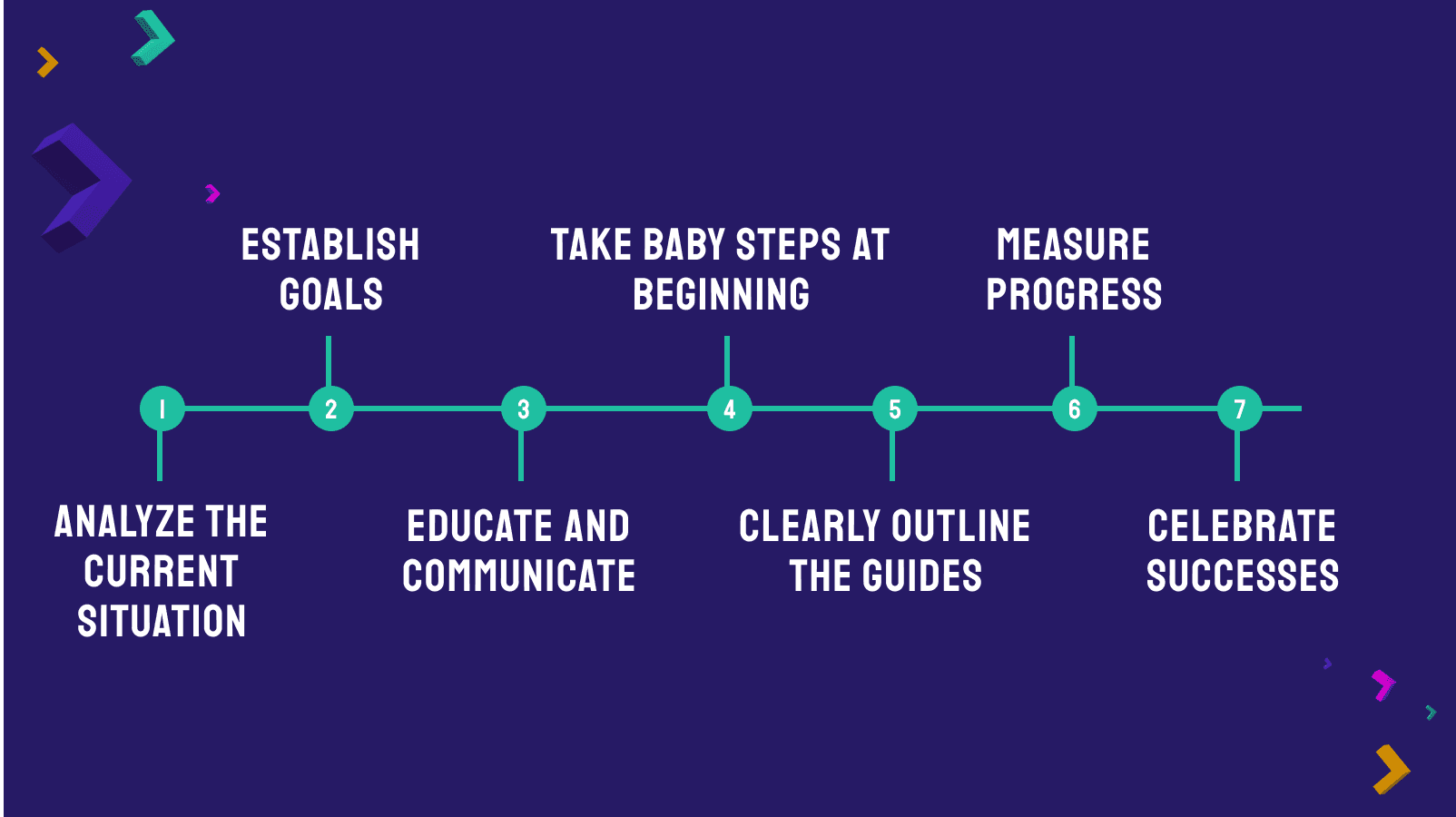
In we provided an overview of self-management and its fundamental principles. In this article, we'll look at the practice and see how it can be used in real life.
When would be an appropriate time to think about implementing a self-management system?
When you lack experience with self-management, asking: "Is self-management the right approach for us now?" might be challenging, because taking risks is inherently hazardous. For that reason, you should never act without first doing a thorough evaluation. At the first stage of evaluation, you should follow a number of steps to ensure you are making an educated decision about whether this method is suitable for you.
Given this, let us picture a few situations in which it might be wise to start thinking about it:
— Our business is expanding at a rapid pace, and our traditional flat organizational structure appears inefficient.
The moment to start considering it is now. When a flat structure becomes inefficient, you have two options for expanding. Spend your money on management, both in terms of quantity and quality, or put it in the hands of the employees who will run your business and give them a chance to prove themselves by working independently for a while.
— We want to use modern approaches to work, and our employees share this vision of autonomy.
Great! Employees like that deserve respect. Your journey is halfway complete if this idea has developed naturally up to this point. Your team is on the same page; now it is your turn to promote open communication, consider team feedback, and define roles and responsibilities in relation to self-management.
— We are looking to adjust to the fact that most of our team works remotely from different places across the globe.
The absence of in-person meetings makes it more difficult to implement effective management in the traditional manager - employee relationship, which is especially problematic in a globally dispersed team that operates primarily remotely and has its own set of regulations. The idea of self-management, when presented with such a situation, can be quite helpful. In return for taking more ownership of their work, employees can reap many rewards by making adjustments to their work lives.
What is the best way to begin?
After all, what are the most important things to do first, and in what sequence should they be done? We have divided the whole pie into smaller pieces so that you can better understand the larger picture.
